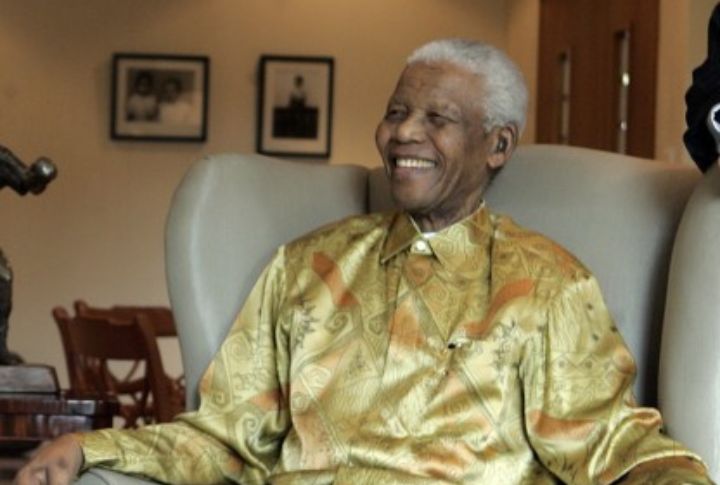
Getting caught in the details is easy. What’s harder is stepping back to ask what the details mean. Strategic thinking builds on that pause; it connects what’s happening now to what might happen next. Across fields and roles, certain thinking patterns appear again and again. Let’s explore 10 of them, each tied to what gives strategy its staying power.
Vision-Oriented Thinking

Strategic thinkers are trained to watch how today’s actions ripple into tomorrow’s consequences. Back in 2001, an early fascination with Mars led Elon Musk to fund space initiatives long before SpaceX took shape. Similarly, U.S. military officers are drilled in foresight scenarios, not for theory, but for real-world readiness.
Pattern Recognition Mastery

What do top investors and chess grandmasters have in common? They see the board shifting long before others realize it’s even moving. At a strategic level, this is pattern awareness. The kind that connects dots across industries and picks up on subtle signals in the noise. It’s the edge: seeing what’s forming before it’s fully visible.
Decisive Prioritization

In a high-stakes environment like NASA’s mission control, every move counts. And every delay, even by seconds, has a cost. That’s why simulations are built around failure points. People who thrive under pressure rely on frameworks like Eisenhower’s matrix to avoid burnout and bottlenecks.
Systems Thinking

Every part of a system speaks to another; nothing stands alone. Systems thinkers zoom out when most zoom in. The CIA, for instance, maps geopolitical dynamics by tracing chain reactions. This level of awareness is for understanding what decisions will echo, where, and how.
Scenario Planning

Not every future is predictable, but most are imaginable. The most prepared minds don’t guess; they simulate. When Royal Dutch Shell anticipated the 1973 oil crisis through scenario planning, it was like meeting uncertainty with options. Today, startups hold “black swan drills” to stay ready for the unexpected.
Influential Communication

Some of the most pivotal decisions hinge on how those ideas are shared. Strategic thinkers frame and land messages with precision. For example, Churchill redrafted his speeches obsessively. Apple treats presentations like performances because message delivery changes outcomes. That’s what moves teams forward and syncs vision with execution.
Empathy-Driven Insight

Some of the most effective strategies begin by listening closely before a word is even spoken. Nelson Mandela didn’t rely on pressure or persuasion alone; he learned what mattered to those across the table. This kind of perspective turns tension into movement.
Critical Questioning

Strategic thinkers are skeptics by nature. They lean into discomfort and constantly ask, “What are we not seeing?” That’s how smart conversations start. In military war games, Socratic-style drills push participants to confront hidden assumptions and challenge what’s too easily accepted.
Calculated Risk Taking

Risk begins with preparation. Richard Branson emphasizes risk control as a foundation, not a backup plan. At Google, employees were once given 20% of their time to explore unassigned ideas. The open space led to AdSense and Gmail, proving that breakthroughs often need freedom, but they thrive under structured thinking.
Mental Agility

Strategic environments that demand thinking can shift shape as quickly as the moment changes. Airbnb faced the challenge head-on when travel collapsed worldwide. Instead of pausing, it steered into a new model: long-term stays. That decision comes from mental flexibility under pressure.

